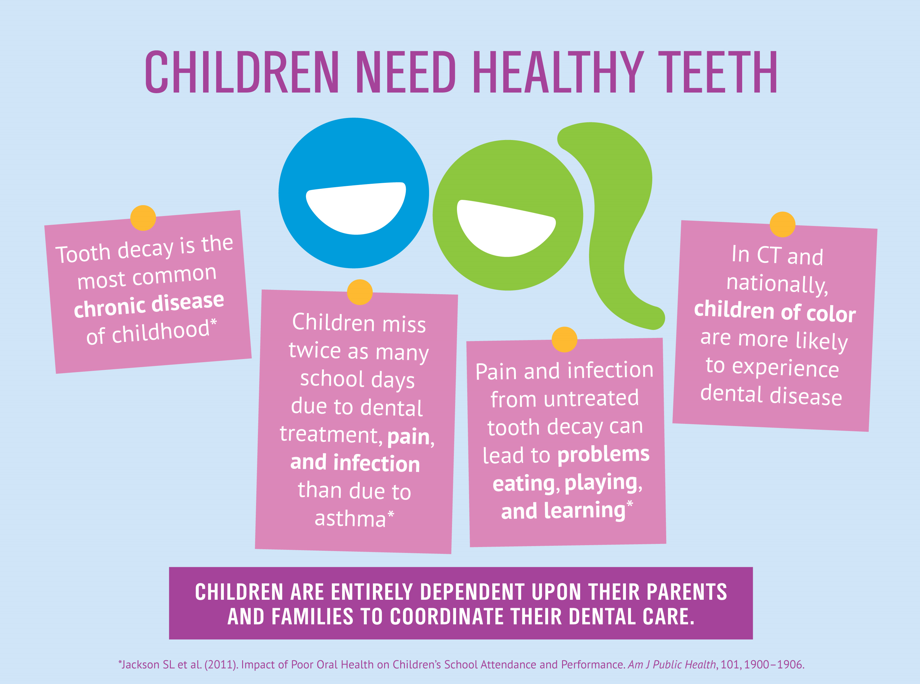The Evolution Of Oral Surgery: Emerging Technologies And Developments Transforming The Discipline
The Evolution Of Oral Surgery: Emerging Technologies And Developments Transforming The Discipline
Blog Article
Authored By-Foldager Browne
Welcome to the world of oral surgery, where advancements and developments are shaping the future of the area! In https://ucreview.com/global-titanium-dental-implants-market-growth-revenue-trends-market-share-and-forecast-from-2023-2029-straumann-danaher-dentsply/ , you'll witness the transformative power of robotics, the innovative wonder of 3D printing, and the game-changing effect of minimally intrusive methods.
The future of dental surgery holds a promise of precision, performance, and improved person outcomes. With the help of innovative robotics, specialists have the ability to carry out intricate treatments with greater accuracy and control.
3D printing innovation is changing the development of dental implants and prosthetics, using customized remedies that fit seamlessly right into each patient's one-of-a-kind anatomy.
Additionally, minimally intrusive techniques are minimizing post-operative pain and recovery time, enabling patients to return to their lives quicker.
Prepare yourself to discover the exciting innovations and advances that are reshaping the landscape of dental surgery!
Advancements in Robotics
One major innovation in dental surgery is using robot technology, which permits specific and reliable operations. With the help of robotic systems, dental specialists have the ability to do intricate surgical treatments with boosted precision, decreasing the risk of human error.
These robot systems are equipped with sophisticated imaging innovation and exact instruments that allow specialists to navigate through elaborate anatomical frameworks effortlessly. By making use of robotic innovation, doctors can attain better medical precision, causing improved patient results and faster healing times.
In addition, the use of robotics in oral surgery enables minimally intrusive procedures, lowering the injury to bordering cells and advertising faster healing.
3D Printing in Dental Surgery
To enhance the area of oral surgery, you can check out the subtopic of 3D printing in oral surgery. This innovative modern technology has the possible to transform the means dental specialists operate and deal with people. Right here are four crucial ways in which 3D printing is shaping the field:
- ** Personalized Surgical Guides **: 3D printing enables the development of highly accurate and patient-specific medical overviews, enhancing the precision and efficiency of procedures.
- ** Implant Prosthetics **: With 3D printing, dental doctors can produce customized implant prosthetics that completely fit a client's one-of-a-kind makeup, leading to far better end results and client complete satisfaction.
- ** Bone Grafting **: 3D printing enables the manufacturing of patient-specific bone grafts, lowering the need for traditional grafting techniques and boosting recovery and recuperation time.
- ** Education and Training **: 3D printing can be made use of to create realistic surgical models for academic purposes, allowing dental cosmetic surgeons to practice complicated procedures before executing them on people.
With its possible to improve precision, modification, and training, 3D printing is an interesting growth in the field of oral surgery.
Minimally Invasive Methods
To better progress the area of dental surgery, embrace the possibility of minimally intrusive techniques that can greatly benefit both cosmetic surgeons and people alike.
Minimally invasive strategies are revolutionizing the area by lowering surgical trauma, reducing post-operative discomfort, and accelerating the recovery procedure. These strategies include making use of smaller sized lacerations and specialized instruments to perform treatments with accuracy and performance.
By using advanced imaging technology, such as cone beam of light calculated tomography (CBCT), specialists can precisely intend and carry out surgical treatments with marginal invasiveness.
In addition, making use of lasers in oral surgery allows for exact tissue cutting and coagulation, causing minimized blood loss and minimized healing time.
With minimally intrusive techniques, individuals can experience much faster recuperation, reduced scarring, and improved results, making it a necessary element of the future of dental surgery.
Final thought
So, as you can see, the future of oral surgery is incredibly appealing, with exciting innovations and advances forming the area.
From https://johnathanieysn.csublogs.com/39848025/preventative-dental-care-is-essential-for-your-kid-s-oral-wellness-find-the-important-steps-you-can-take-to-ensure-their-brilliant-healthy-smile-withstands in robotics to the use of 3D printing and minimally intrusive methods, dental doctors are revolutionizing the method they give care.
While some may bother with the potential expense related to these advancements, it is very important to keep in mind that these modern technologies eventually improve patient outcomes and minimize healing time, making them well worth the investment over time.
